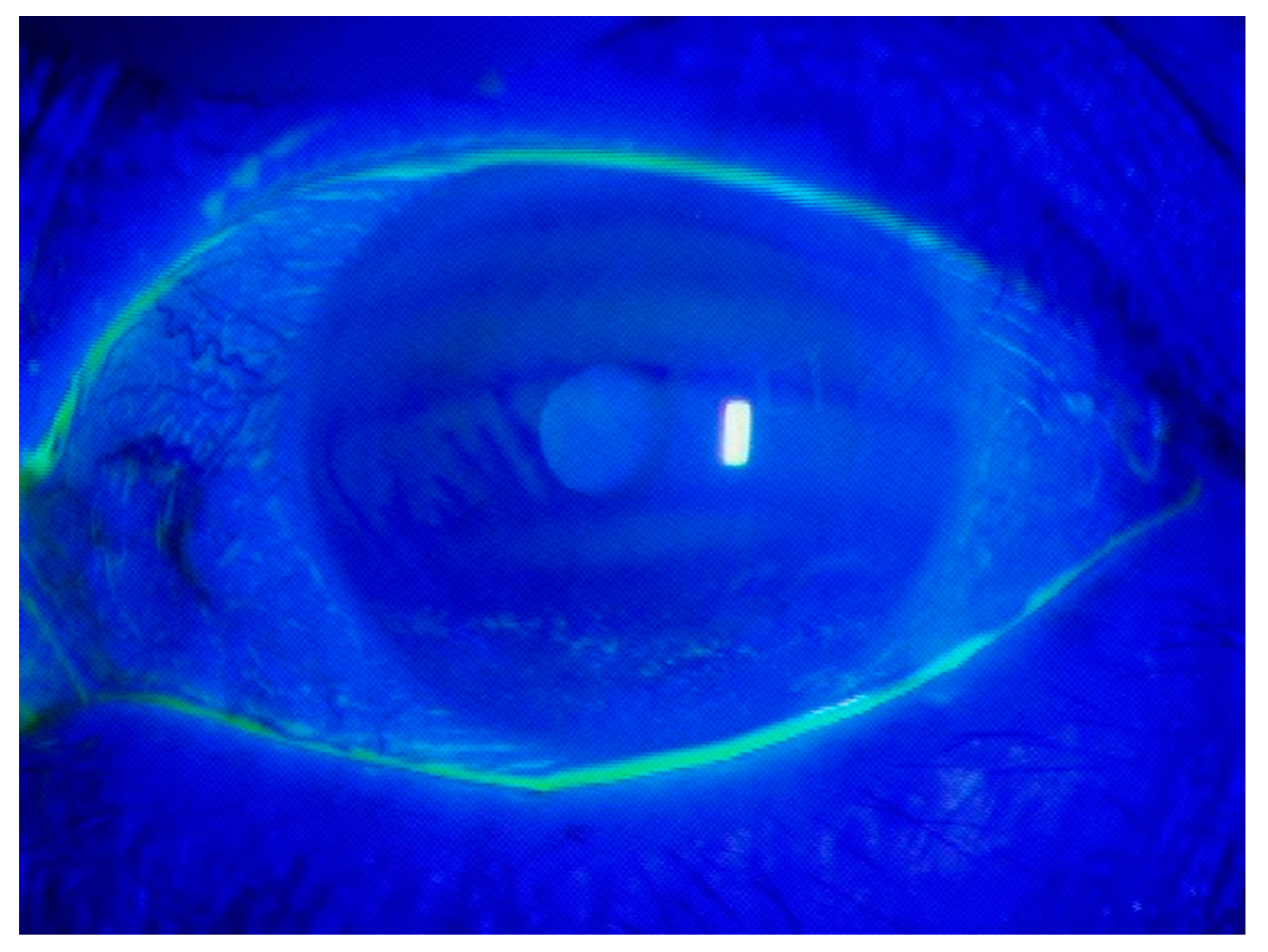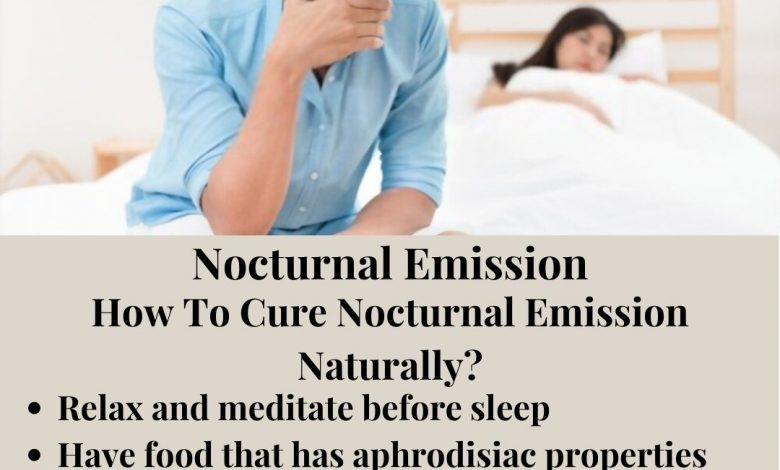

Although facial signs and symptoms are generally ignored and shadowed by the dominant bladder symptoms, we have recently realized a unique but constant finding in majority of these patients, nocturnal lagophthalmos which is described as inability to close the eyelids during sleep. Paradoxical inversion of facial musculature when smiling, giving an appearance of crying associated with severe urinary tract dysfunction is typical in these patients. Early diagnosis is crucial for the management and prognosis of urinary problems. If you’re experiencing difficulty seeing due to a condition of the eyelids or just want to take a few years off the look of your eyes, contact Berkeley Eye Center to schedule an appointment.The urofacial syndrome is a rare condition that occurs in both genders and characterized by uropathy and facial abnormalities. Our surgeon’s advanced oculoplastic techniques and patient-focused treatments allow her to achieve spectacular results for her patients. Oculoplastics is the field of medicine dedicated to correcting problems that impair the appearance and function of the eyelids, eye socket, tear duct system and bones surrounding the eye through surgical and non-surgical cosmetic reconstructive procedures.īerkeley Eye Center delivers outstanding surgical and non-surgical oculoplastic treatment options to patients in Houston and surrounding communities.

Many times, factors such as genetics, injury, age and disease not only affect the eyes but the structures supporting the eye as well. Schedule an Appointment at with a Houston Oculoplastics Surgeon Recovery time from the swelling and bruising is usually takes between one to two weeks. Most oculoplastic procedures are performed as out-patient surgery and require only mild anesthesia. More extensive procedures may be needed for lagophthalmos resulting from a damaged facial nerve.Īfter a thorough exam to determine the extent of the problem, our surgeon will devise a treatment plan to correct the damage to restore the eyelid to its normal functionality. In milder cases, a surgical procedure called a tarsorrhaphy may be used, in which the eyelids are sown together while the patient recovers. This can include changing the position of the top or bottom eyelid, or implanting miniature gold weights into the lids. There are a number of oculoplastic surgical procedures that are effective in treating lagophthalmos. Non-surgical treatments, such as artificial tears, alleviate the symptoms of lagophthalmos but don’t correct the condition itself. It can also be seen as a complication from previous eyelid surgery or trauma. Scarring, floppy eye syndrome and protruding or sunken eyes can also result in lagophthalmos. The nerve can become damaged through injury, stroke, Bell’s palsy, tumors and certain autoimmune conditions. Damage to the seventh cranial nerve, the nerve that controls the muscles in the eyelid, is one of the more common causes of lagophthalmos. Lagophthalmos can develop for a variety of reasons. In extreme cases, lagophthalmos can lead to eye abrasion, infections, corneal drying and corneal ulceration. The body may try to compensate for the dryness by producing excessive tears. A condition such as lagophthalmos makes it difficult for the eye to remain moist.ĭryness, redness and irritation of the eyes are the most common symptoms of lagophthalmos. This fluid keeps the eye moist and flushes out foreign bodies that can cause irritation. Each time you blink, you cover your eye with a thin layer of fluid. Causes of Lagophthalmosīlinking is essential to maintaining the health of your eyes. Our Oculoplastic surgeon and Berkeley Eye Center of Houston provide patients with advanced cosmetic and reconstructive procedures to correct lagophthalmos and a wide range of other conditions affecting the eyelid, eyebrows and other structures surrounding the eye. In most instances of extreme lagophthalmos, oculoplastic surgery is the most effective treatment option. It can lead to eye and eyelid problems such as increased tear production, dry eyes, redness, pain and irritation if left untreated. If you have trouble blinking or closing your eyes, you may have a medical condition called lagophthalmos.


 0 kommentar(er)
0 kommentar(er)
